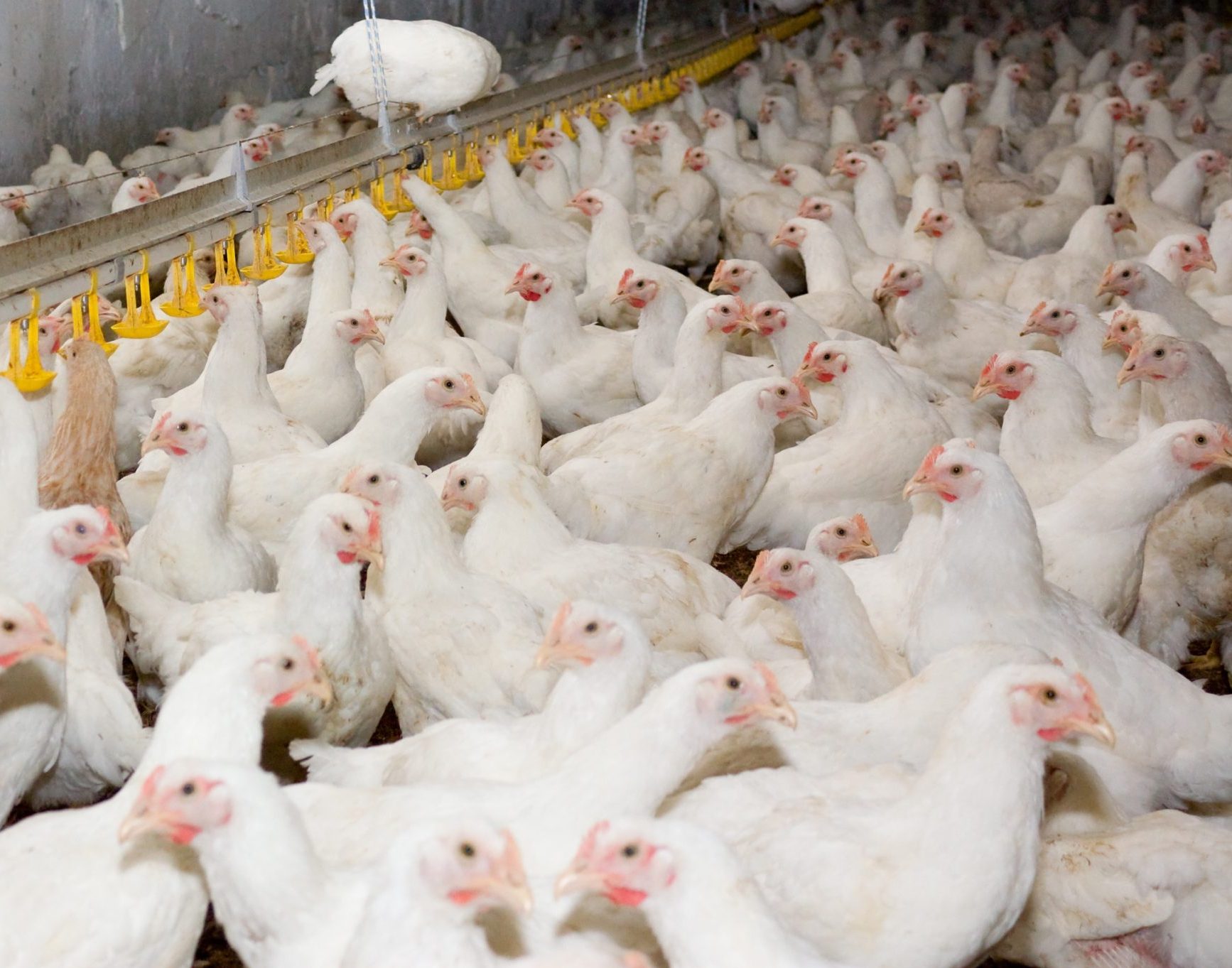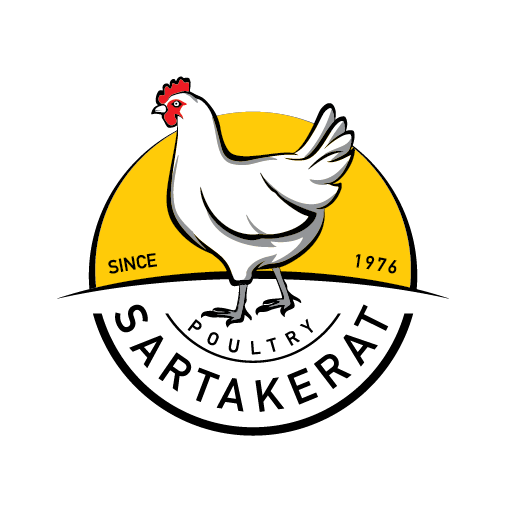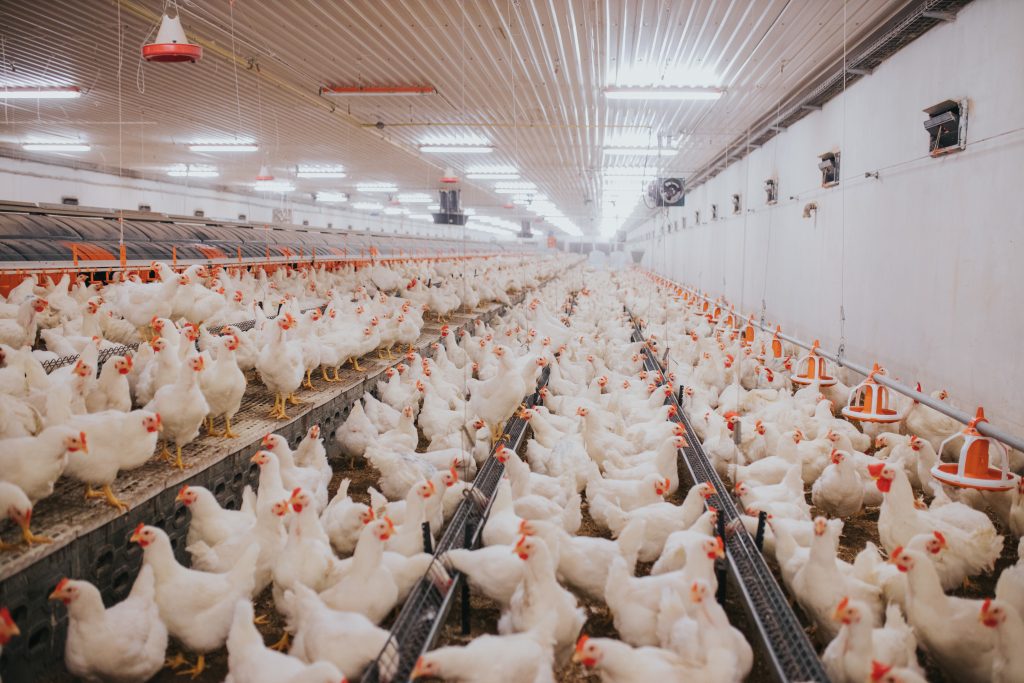
Introduction
Today, in the poultry breeding industry of the world, biological security is in the center of attention and the need to design and adhere to its implementation is emphasized in all articles and reference books. In one word, biosecurity is equivalent to "awareness", such that a series of basic principles are achieved about how diseases are transmitted, and then this is combined with experience. Ultimately, the goal is to ensure that the disease does not enter the poultry farm and that the poultry exposed to it, with a coherent biological security program, provide conditions to eliminate or minimize the presence of pathogenic agents in the farm environment to a relatively low level. Or be completely safe.
It should be noted that in practice, the poultry farmer is faced with very small and invisible objects that easily survive in dust particles, feces and other substances. It is not possible to set up the same biological security program for all poultry breeding units because each unit needs special regulations according to the condition of the building, equipment, type of poultry (mother, laying and meat), climatic condition and other characteristics, which the management of the unit in cooperation with His personnel and coordination with the general departments of veterinary medicine adjusts and implements them.
Biosecurity programs should not be considered as an unnecessary expense, but these principles are a safe and long-term investment to ensure a bright and profitable future. The maximum cost that is applied to keep a poultry farm free from pathogens is less than one percent of the total production cost. One of the most basic principles in any biosecurity program is its flexibility and enforceability. It means designing a program in sync with the latest scientific developments that can be fully followed. These programs should be logical and all farm people in any personnel category should be able to understand them. Preventing the spread of infectious agents and the occurrence of disease is one of the important and primary principles of industrial poultry production and is based on the observance of principles. Veterinarians, biosecurity managers of poultry farms and other people active in the production chain are responsible for designing and implementing disease prevention programs. By implementing biosecurity programs, the following goals are achieved:
Reducing the entry of pathogenic agents into the farm, such as influenza, Newcastle, bronchitis, Gamboro
Reducing the amount of contamination with pathogens such as mycoplasma, Escherichia coli and coccidia, which lead to casualties, waste and reduced production.
Reducing or eliminating factors that weaken the immune system and hidden infections that make birds susceptible to other diseases. Reducing the contamination of poultry products with pathogenic agents that are important in terms of public health, such as salmonella, etc., considering the above and taking into account the fact that prevention always comes before treatment, compliance with the principles of biosecurity in Poultry breeding is not only necessary from the point of view of health and economy, but also from the point of view of providing a suitable environment for birds; Rather, it is very desirable. Disease eradication is often difficult and expensive. Therefore, compliance with the principles of biological security is a very effective way to maintain and protect poultry against most threatening factors and is considered as a key factor in maintaining the health of the flock.
What issues will a proper biosecurity program cover?
Training of personnel The basic point is the correct training of biosecurity programs to people related to the poultry industry. Farm management should try to convey information and practical management tips in simple and understandable language to all farm personnel at different levels. Poultry personnel should always be selected from among competent and efficient people. The difference between two completely similar farms (environmental conditions, nutrition, vaccination programs, etc.), but under separate and different management, will not be strange, so that one farm is always involved in various diseases, but the other farm has the same trained personnel. be desirable and profitable.
It is necessary to have proper training and to know the latest available information in the field of poultry breeding and diseases. After understanding the principles of biosecurity programs, regular and continuous training of all the people of the complex should be done. Also, by preparing comprehensible educational pamphlets for all levels of farm personnel, it will be possible to regularly review the contents throughout the year. Educating people about personal hygiene is also very important, all farm workers should be required to report the issue to the supervisor as soon as possible in case of digestive diseases.
The supervisor of the area should also provide the opportunity to carry out examinations and treatment (until the end of the treatment period of the sick person, the infected person should not be allowed to work in the relevant area.) It is recommended that all employees be periodically tested at least for Salmonella. The characteristics of the poultry house, providing a suitable place is one of the most important issues in industrial poultry breeding. Because most of the initial investment of farm managers is spent on its preparation, and if the place is prepared well and based on the correct principles, the efficiency will increase significantly.
The factors that should be considered fundamentally about the position are:
Choosing a farm site is the first step to implement biosecurity to choose a suitable place to build poultry halls and buildings. The points that are important in this regard are:
Communication with other stations and buildings
Poultry buildings should not be close to residential houses in any way, because this is completely non-standard and unhygienic, because in addition to the problem of noise, the unpleasant smell of the poultry house, there is a possibility of contamination from the house to the poultry house and vice versa.
Communication with the city
If the poultry farm is close to the city, it is easier and cheaper to transport and supply products to the city markets. This is especially important in terms of sending produced eggs, because transporting eggs from long distances often causes breakage and cracking, but also increases the possibility of contamination. Therefore, it is recommended that centers for the production of fertile eggs (herds of ancestors, mothers) and edible eggs (commercial laying flocks) as well as semi-meat breeding farms be established at suitable distances from cities (refer to the book on animal husbandry system).
Connection with roads
Breeding buildings and hatchery centers should not be located next to busy and busy roads because the noise and vibration caused by the passage of vehicles causes fear and panic in the poultry, as well as the transfer of dust that may cause respiratory diseases in them. . Important point: If the main roads of the area are used by cars containing live poultry or poultry food, if possible, the buildings of the poultry farms should be built further away from the roads. Of course, it should be noted that at the same time, these farms should not be so far from the roads that it is difficult to send products to the market and provide the necessary materials and equipment.
Communication with industrial, production and research centers
The issue of air cleanliness is very important in terms of choosing a place, because birds are very sensitive to dirty and polluted air. Therefore, it is recommended that the construction site of farms is far from polluting factories. Polluting factories include all industrial sectors that produce smoke, dust and airborne particles. Also, it is necessary to keep the farm away from veterinary treatment centers, animal research departments and vaccine manufacturing factories.
Communication with other poultry farms
It appears that the more isolated poultry are from their neighboring farms, the less likely an epidemic will occur. It is necessary to consider the situation of common infectious and contagious diseases in the region in determining the appropriate distances between chicken farms. Therefore, it is essential that the building of each poultry keeping and rearing unit is as far as possible from other poultry farms in order to prevent the spread of pathogens, especially different types of birds such as chickens, turkeys, ducks, geese, quails, ostriches, pheasants and He kept partridges in close quarters, because it is clear that raising different species of birds in the same place or close to each other is contrary to the principles of biosecurity.
It should be noted that the construction of any building related to poultry is prohibited on the edge of protected areas, zoos and livestock supply centers. In general, the location of all poultry breeding units, especially the ancestral and maternal flocks, in order to achieve maximum efficiency, should be selected in a way that is different from other poultry breeding farms, livestock farms, slaughterhouses, livestock and poultry supply and sales fields, warehouses and food silos. human and livestock, urban and rural residential areas, river borders, roads (especially passageways for cars containing poultry feed and live poultry), railway lines and airports should have a proper distance. This article is not only about breeding farms, It also applies to hatchery centers, grain production factories, poultry slaughterhouses, waste conversion centers and all centers related to the poultry industry.
There is no doubt that the first step to implementing a comprehensive biosecurity program is choosing the right location


